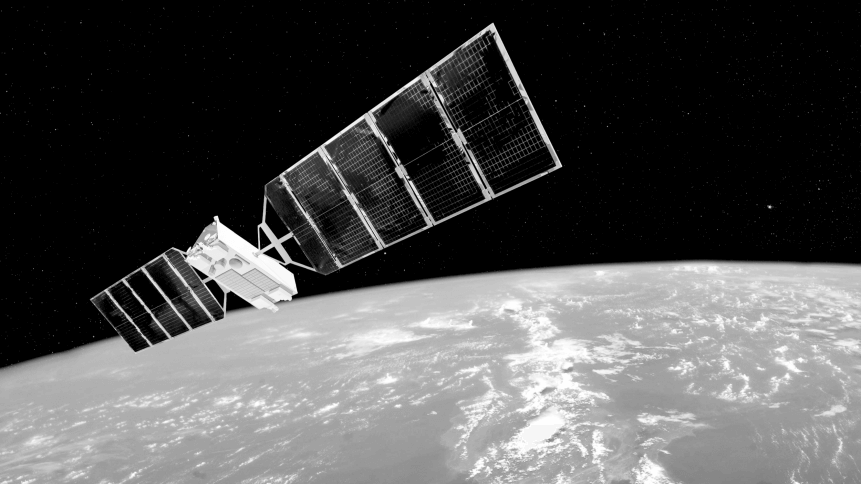Space becoming next ‘front’ of cyber warfare

- State-backed cyberattacks comprise an ever-growing portion of all threats in cyberspace
- Cyberwarfare is taking place daily with espionage and disruption the aim
- Cybersecurity is playing a growing role in national defenses, and space could become the next front
Every day, nation-states trade blows with one another in the cybersphere. State-sponsored attacks comprise more than a quarter of all cyberattacks. They don’t just threaten government organizations: all businesses are at risk.
State-led attacks deliberately resemble those of rogue groups in it for financial gain. But funded by government bankrolls, and deployed for espionage and to shake and disrupt national economies, they can deal serious damage in an age where cybersecurity faces a dearth of talent and budget.
Given our reliance on technology today and the near-arrival of technology such as 5G, sub-surface cyber warfare is becoming such a prevalent and growing threat that the US military is rapidly bolstering the cybersecurity experts in its ranks — including those within its Space Force.
As satellites and ground systems become increasingly vulnerable to intrusions and electronic attacks, the Space Force is building up its cybersecurity human capital and technical capabilities in the hope of boosting defenses for the future.
The next ‘front’
“We recognize that as cyber warfare and hybrid threats become the weapon of choice for state and non-state actors, and the global economy and daily life grow increasingly dependent on space systems […]” said Maj. Gen. Kimberly Crider, Space Force chief technology and innovation officer.
These space systems, she said, could well become the “next front of the cyber conflict.”
Some 130 officers currently in Air Force cybersecurity jobs will join more than 2,400 space professionals in the process of transferring to the Space Force with transitions to begin in the fiscal year of 2021.
YOU MIGHT LIKE

Rolls-Royce is training aerospace engineers with VR
As part of the response, technologies will include GPS anti-jamming solutions and Protected Anti-Jam Tactical Satcom (PATS). Meanwhile, military procurement events and programs will be introduced to enable personnel to acquire capabilities from non-traditional vendors.
That includes methodologies like DevSecOps in software development, said Crider, where software testing is integrated as a continuous process throughout development code as it’s deployed into production.
Lt. Gen. John Thompson, commander of the Space and Missile Systems Center (SMSC) under the US Space Force, compared the approach to cybersecurity in space to any other commercial industry.
“Space is becoming congested and contested, and that contested aspect means that we’ve got to focus on cybersecurity in the same way that the banking industry and cyber commerce focus on cybersecurity day in and day out.”
The shift in focus towards a more comprehensive cybersecurity network follows a government report released in April outlining the increasing need for personnel amid a heavier reliance on IT networks and services.
Attacks such as the denial of service (DDoS) could be as devastating to a satellite constellation as a direct kinetic attack, Thompson said: “Loss of control of these constellations really could be catastrophic from a mission perspective or from a satellite tumbling out of lower earth orbit perspective.”








